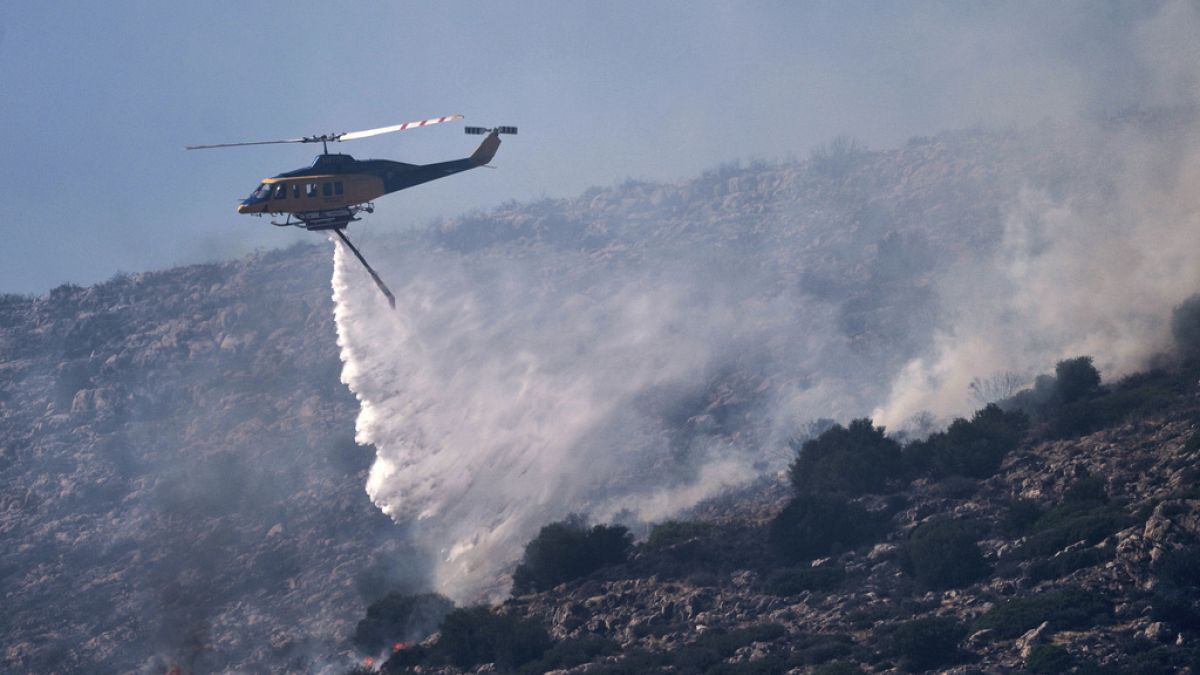

In recent weeks, notable weather patterns have swept across various parts of the globe, demonstrating the remarkable force of nature as temperatures soar and rains intensify. These diverse conditions, although testing, emphasize the planet’s dynamic and intricate climate systems, urging us to embrace awareness and preparedness.
Across Europe, an ongoing heatwave has persisted, bringing temperatures soaring above 40°C in several regions. In Portugal, authorities are issuing alerts for potential rural wildfires due to the dry, hot conditions. As the European nations experience these intense heat levels, citizens are encouraged to remain cautious while managing daily routines, ensuring ample hydration and avoiding unwanted outdoor exertion during peak heat hours. This proactive approach is vital in reducing heat-related health risks.
Simultaneously, Sydney and parts of Australia’s New South Wales coast anticipate significant weather changes. The Bureau of Meteorology has forecasted a likely development of an east coast low, bringing with it potentially strong winds and considerable rainfall. This weather system is expected to approach Sydney early next week, with the metro area likely experiencing flash and river flooding. To navigate through this weather event successfully, residents are advised to stay informed through reliable channels and take necessary precautions to protect life and property.
In the United States, similar themes of extreme weather have been prevalent. A prolonged heatwave has spanned across much of the country, adding to a growing list of climate-related challenges. These higher temperatures have led to a variety of incidents, including a mass fainting event during a high school gathering in New Jersey and the interruption of a major K-pop concert in Washington. Elsewhere in the country, young hikers required rescue in New Hampshire, and extreme heat caused roads to buckle and melt in states like South Dakota and Nebraska.
As experts observe these patterns, they suggest that such extreme weather events could become more commonplace as the planet continues to warm. The perspective of these insights underscores the broader narrative of our evolving climate, inviting collective introspection on sustainable practices and resilience. Navigating this new climate reality requires societal efforts in adapting infrastructure, updating emergency protocols, and educating communities to comprehend and respond to climate signals effectively.
While these events may bring unease, they also offer lessons in resilience, fostering adaptability and enhanced cooperation across regions. By harnessing technology, advancing scientific understanding, and strengthening community ties, societies can embrace proactive strategies to mitigate the impact of extreme weather patterns. These steps together shape a mindset that, although mindful of challenges, remains hopeful for a harmonious coexistence with nature’s evolving dynamics.
As the world observes these climatic shifts collaboratively, there is an opportunity to deepen dialogue around shared experiences and solutions, encouraging global unity in the face of climate variability. Whether dealing with heatwaves, rainstorms, or fluctuating temperatures, a calm and thoughtful approach invites resilience, advocating for a world where adaptation and sustainability go hand in hand.
Source: {link}
